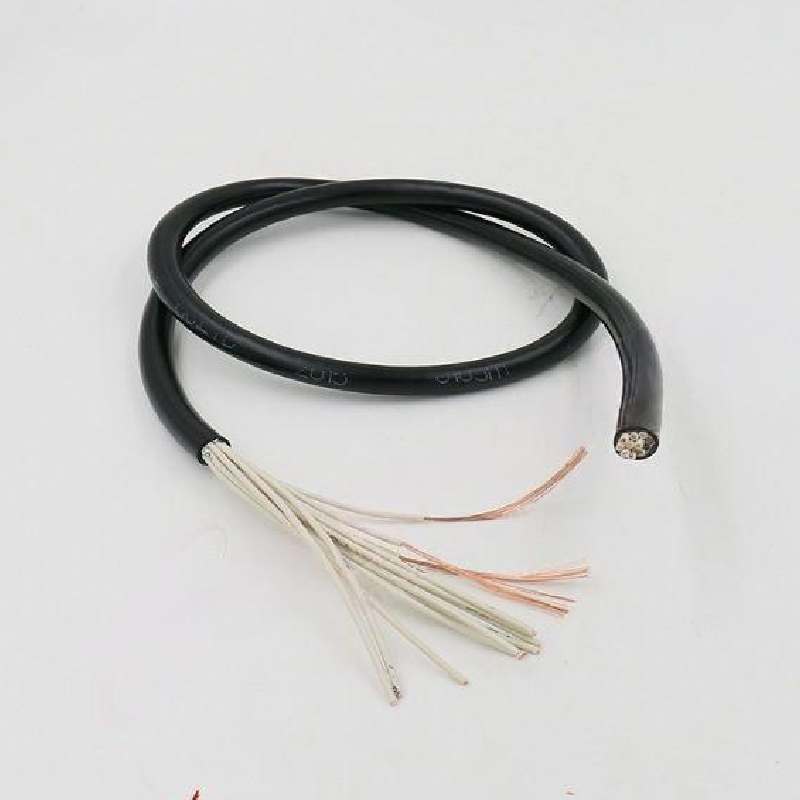ኅዳር . 27, 2024 17:34 Back to list
4-Inch Check Valve Specifications and Installation Guidelines for Optimal Performance
A Comprehensive Guide to 4-Inch Check Valves
Check valves are essential components in various piping systems, ensuring the unidirectional flow of fluids and preventing backflow, which could lead to system inefficiencies or failures. Among the various sizes and types available in the market, the 4-inch check valve is a popular choice due to its versatility and effectiveness across multiple applications.
Understanding Check Valves
A check valve, also known as a one-way valve or non-return valve, allows fluid to flow in one direction while preventing reverse flow. This property is crucial in applications where back pressure could be detrimental, such as in water supply systems, wastewater management, and industrial processing.
The design of a check valve generally incorporates a movable part (the disc, ball, or flap) that opens under pressure from the fluid flowing in the desired direction and closes when the flow ceases or reverses. This mechanism prevents potential damage to pumps, pipelines, and other equipment that could occur due to backflow.
Types of Check Valves
Check valves come in various designs, each suited for specific applications
1. Swing Check Valve This type features a hinged disc that swings open with the flow and swings closed when the flow stops. Swing check valves are ideal for applications with high flow rates and low pressure drops.
2. Ball Check Valve Utilizing a ball as the closure element, this valve operates by letting the ball move with the flow. When the flow decreases, the ball settles in the seat, blocking reverse flow. Ball check valves are suitable for high-pressure systems.
3. Lift Check Valve In lift check valves, the closure element moves vertically rather than swinging. This design allows for quick response times and is typically used in high-speed applications.
4. Diaphragm Check Valve This valve employs a flexible diaphragm that opens when fluid flows in one direction and seals tightly against the seat when flow reverses. Diaphragm check valves are commonly used in sanitary applications where cleanliness is essential.
4-Inch Check Valve Specifications
When selecting a 4-inch check valve for a specific application, several key specifications must be considered
4 inch check valve

- Material Common materials include brass, stainless steel, PVC, and ductile iron. The choice of material should match the fluid type (corrosive, non-corrosive) and operating conditions (temperature, pressure).
- Pressure Rating Check valves should be rated for the anticipated maximum pressure in the system. A 4-inch check valve typically comes in various pressure ratings, commonly ranging from 150 psi to 300 psi or more.
- Flow Coefficient (Cv) This value indicates how efficiently the valve allows flow at a given pressure drop. Higher Cv values represent lower resistance to flow. For a 4-inch check valve, it’s essential to select one with a suitable Cv value to maintain system efficiency.
- Installation Orientation While most check valves can be installed in any orientation, swing check valves require horizontal piping for proper operation. It’s vital to consider installation requirements based on the chosen valve type.
Applications of 4-Inch Check Valves
The 4-inch check valve has various applications across different industries
1. Water and Wastewater Treatment In municipal water systems, check valves prevent backflow into treatment plants and maintain pressure in water distribution systems.
2. Industrial Processes Many manufacturing processes utilize 4-inch check valves in hydraulic systems, irrigation systems, and chemical processing to ensure the controlled movement of fluids.
3. Fire Protection Systems Check valves are crucial in fire suppression systems to prevent backflow from the main water supply, ensuring that firefighting equipment functions correctly.
4. Marine and Offshore Applications In ships and oil rigs, 4-inch check valves are used to manage water and fuel flow while preventing backflow that could disrupt operations.
Conclusion
In summary, a 4-inch check valve plays a critical role in maintaining fluid movement and system integrity across various applications. Its wide range of designs and materials allows for adaptability in different environments and conditions. By understanding the function, types, specifications, and applications of check valves, engineers and technicians can make informed decisions to optimize their systems and prevent costly failures. Whether for water treatment, industrial manufacturing, or fire protection, the 4-inch check valve remains an indispensable tool in fluid management solutions.
Share
-
Reliable Wafer Type Butterfly Valves for Every IndustryNewsJul.25,2025
-
Reliable Flow Control Begins with the Right Ball Check ValveNewsJul.25,2025
-
Precision Flow Control Starts with Quality ValvesNewsJul.25,2025
-
Industrial Flow Control ReliabilityNewsJul.25,2025
-
Engineered for Efficiency Gate Valves That Power Industrial PerformanceNewsJul.25,2025
-
Empowering Infrastructure Through Quality ManufacturingNewsJul.25,2025